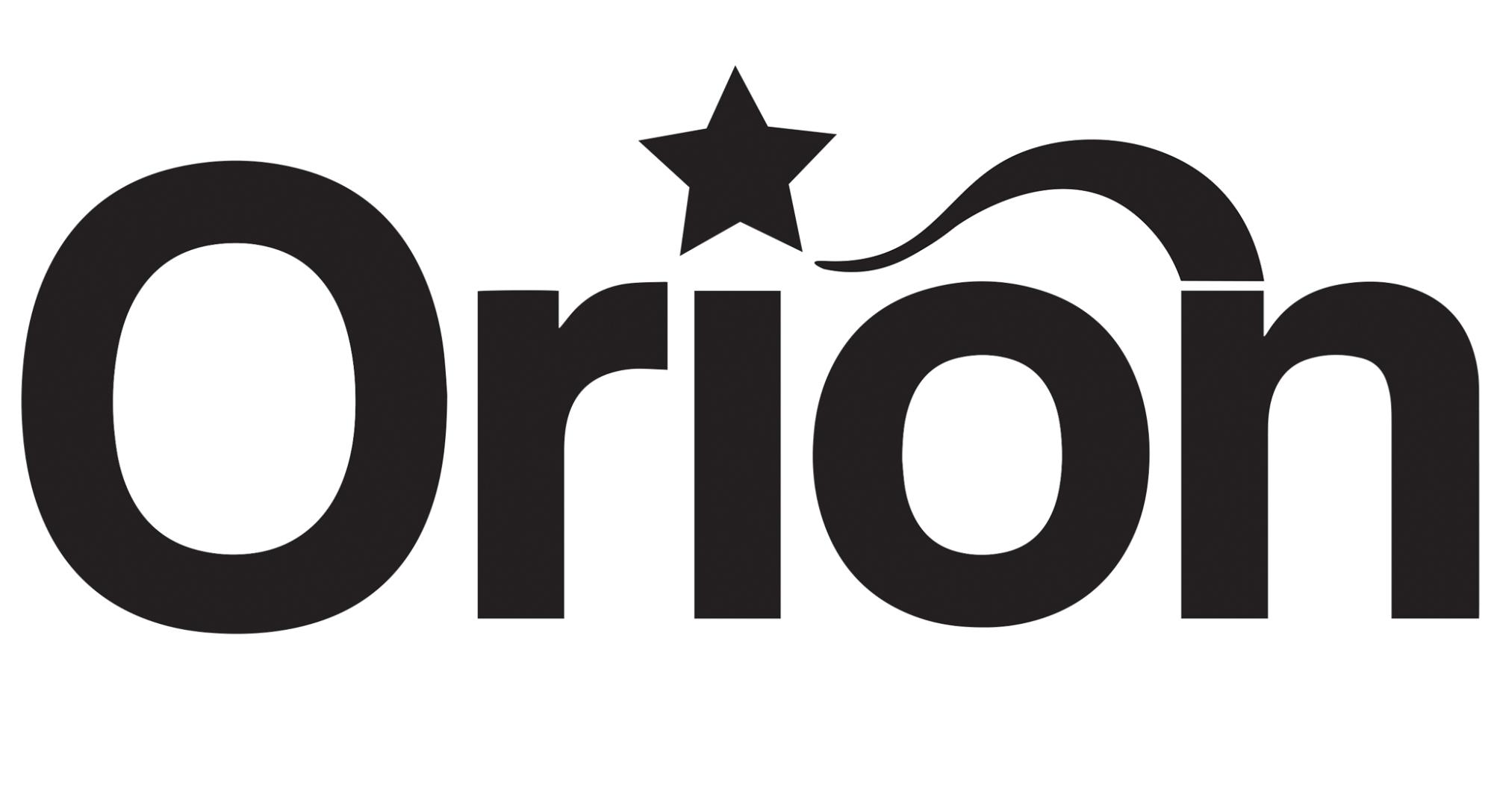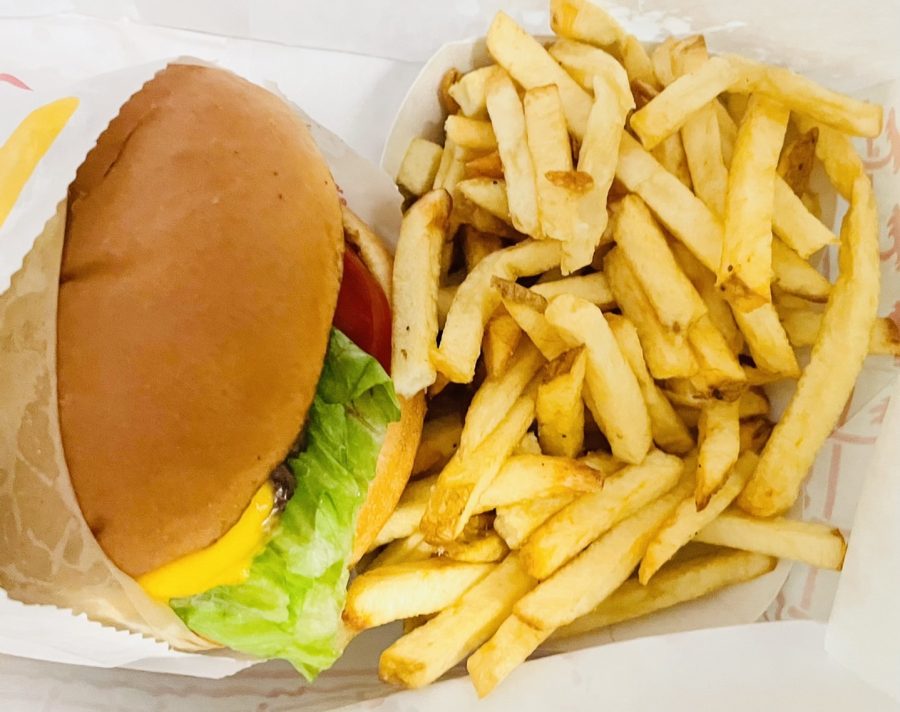One month has passed since I first arrived at Chico State from my home in Japan. At first, I was worried whether I would have a good relationship with the environment at Chico. Fortunately, I began to adjust to the American lifestyle with help from my roommates. However, I still struggle with American food culture, especially fast-food.
”Fast-food is a part of the American diet and has been associated with high calorie intake, and poor diet quality,” according to a report from the Centers for Disease Control and Prevention.
I’m concerned about how to adjust to the sheer number of fast-food options made readily available. How do I get healthy food on a regular basis?
Fast-food establishments are popular for the sake of saving money and time. According to the IBIS World data, the number of fast-food restaurants in the United States has increased, despite COVID-19 influencing the fast-food industry in 2020. In fact, I have seen fast-food restaurants and fast-food products everywhere since arriving in the U.S.
Fast-food is readily available at Chico State, not just in the dining hall on campus, but also at some nearby establishments. I often use the dining hall and marketplace for lunch and dinner. I regularly consume fast-food like hamburgers and pizza. In fact, I eat so much pizza that one of my friends calls me “pizza man.” Surely, I know that these foods are high in calories and not good for my health. However, I feel like it can be easier to look the other way.
When I was in Japan, my diet was completely different. I cooked Japanese cuisines to save money and because they are good for one’s health. That isn’t the case here. I’m staying in America for only one year, so I don’t care about what I eat quite as much. Here, it seems like everyone often eats fast-food products and I feel like I’m beginning to forget the healthy lifestyle I practiced in Japan. Some people may think it’s normal to eat fast-food regularly because everyone around them does. Americans are accustomed to eating fast-food in the United States. According to data found by the CDC in 2018 related to the consumption of fast-food from 2013-2016, 36.6% of adults in the U.S. consume fast-food on any given day.
This number is even higher for young adults between 20-39 years old, as 44.9% consume some sort of fast-food on any given day. It wrote that fast-foods can save consumers money and time that typically would be spent cooking. Additionally, the CDC says the obesity rate is a serious problem in the United States. The prevalence of obesity increased from 30.5% to 41.9% between 1999 and 2017. The CDC also warns that obesity is related to conditions including heart disease, stroke, Type 2 diabetes and certain types of cancer.
In my home country, there are also many fast-food stores and restaurants. From my experience, I found that many Japanese students are more likely to cook for themselves at home than American students. Sure, some Japanese students are eager to eat fast-foods like Cup-o-noodles or hamburgers to save their time. However, most of them cook Japanese cuisines like Nikujaga and Miso soup. This allows us to save our money because cooking food is cheaper than eating at restaurants in Japan.
Considering all this, I understand why I was so surprised by the different fast-food culture in the United States.
I believe that it is important to think about how to deal with fast-food culture here. Fast-food is essential to American food culture, but these products often include a lot of sugars and calories and can threaten our health.
In contrast to my home country, the United States has more expensive food but preparing meals takes just as much time. The problem is whether we prioritize time and money or our health.
Personally, I think it’s more important to eat healthy foods for your well-being rather than prioritizing money or time. Through eating nutritious meals on a regular basis, you will protect yourself from future diseases and health issues. There are so many healthy options that are often overlooked, with many products that you can cook and eat at a relatively low price.
I believe that it’s a worthwhile idea to try healthy foods from other countries. By exploring healthy meals from throughout the world, you can learn more about their unique cultures.
One example is a meal from my home country’s cuisine, “Nikujaga,” something that Americans might refer to as meat and potatoes stew. If you are interested, you should try my homemade recipe.
For now, fast-food is popular not only in the United States, but also across the world. There are many fast-food restaurants around Chico State, but it’s proven eating too much fast-food causes health problems. We should rethink our relationship with fast-food culture and remember to eat healthy foods in our daily lives.
Hiroto Nakajima can be reached at orionmanagingeditor@gmail.com or @hiroto_nakajima_1120 on Instagram.








